There is nothing quite as disappointing as getting out on a great day of riding your quad only to have the battery suddenly die. There are several reasons your ATV could suddenly stop working, and it seems many people point their finger (rightfully and wrongfully) at the stator.
But, how do you know if your ATV has a bad stator? If your stator is bad, the battery of your ATV will not charge while the ATV is running. This can be caused by several other problems, however, so the only way to be sure that your stator has gone bad is to perform a series of tests using a multimeter.
In this article, you’ll find everything you need to know about your ATV’s stator, including what it is, what it does, and how do you test to see if it is bad.
A stator is an electrical component of ATVs that is responsible for recharging the battery while the ATV is in use. Think of it like your car’s alternator.
Stators can look quite different depending on the brand of ATV and model, but in general, they consist of an iron core, wire coils, and a cable that allows the stator to be connected to the voltage regulator.
Magnets spin past the coils, which creates an electric current in the wires, which is then passed along to the voltage regulator, and then charges your battery.
There are three different types of stators:
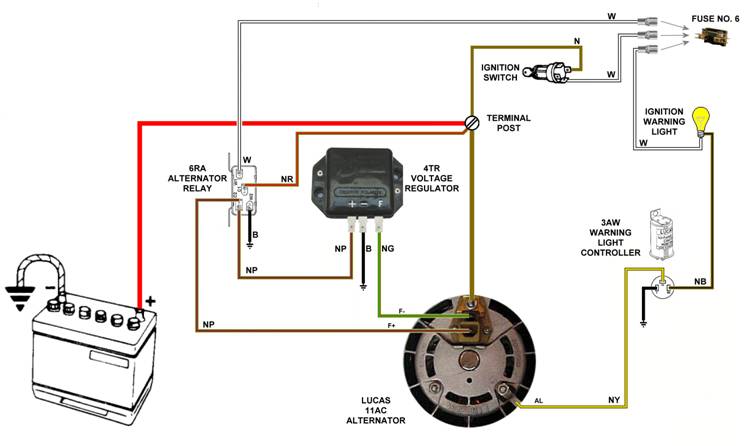
The stator’s primary job is to recharge your ATV’s battery while it is in use, but many ATVs have stators capable of doing more. Your stator might include one or more of the following:
So, looking up a picture of a stator won’t tell you what your specific stator should look like.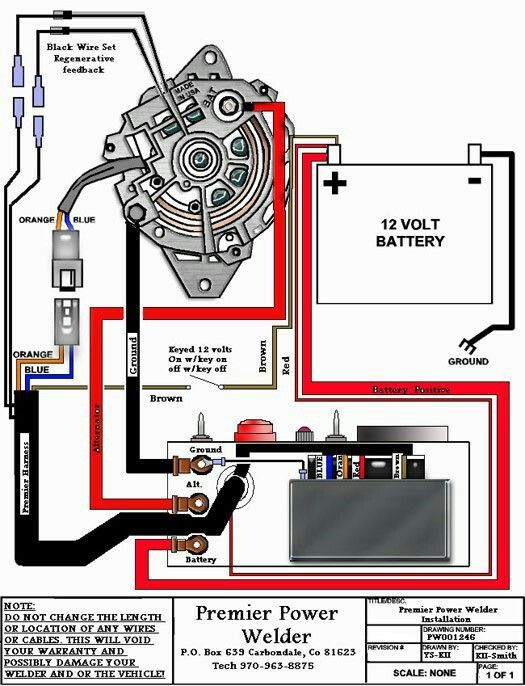 The best place for that information would be your service manual.
The best place for that information would be your service manual.
If your stator is bad, your battery will not charge while you’re driving the ATV. Unfortunately, this can be caused by a variety of other issues with your ATV. Stators tend to be reliable, so before you go replacing the stator, check on these other components:
 This can make it difficult to determine, which is the problem. You can test this with a multimeter to see if it is working.
This can make it difficult to determine, which is the problem. You can test this with a multimeter to see if it is working.If you’re battery, wiring, and voltage regulator are all working correctly, then it is time to check the stator. Some people opt to replace the stator without checking, but testing a stator is easier than replacing it as long as you have a multimeter.
You can get a multimeter for $10-40 on Amazon, so you might as well just have one around for when you need it.
In order to test your stator, you only need two things, neither of which is expensive.
Once you have these two items gathered, you will need to perform some tests to see if your stator is working properly.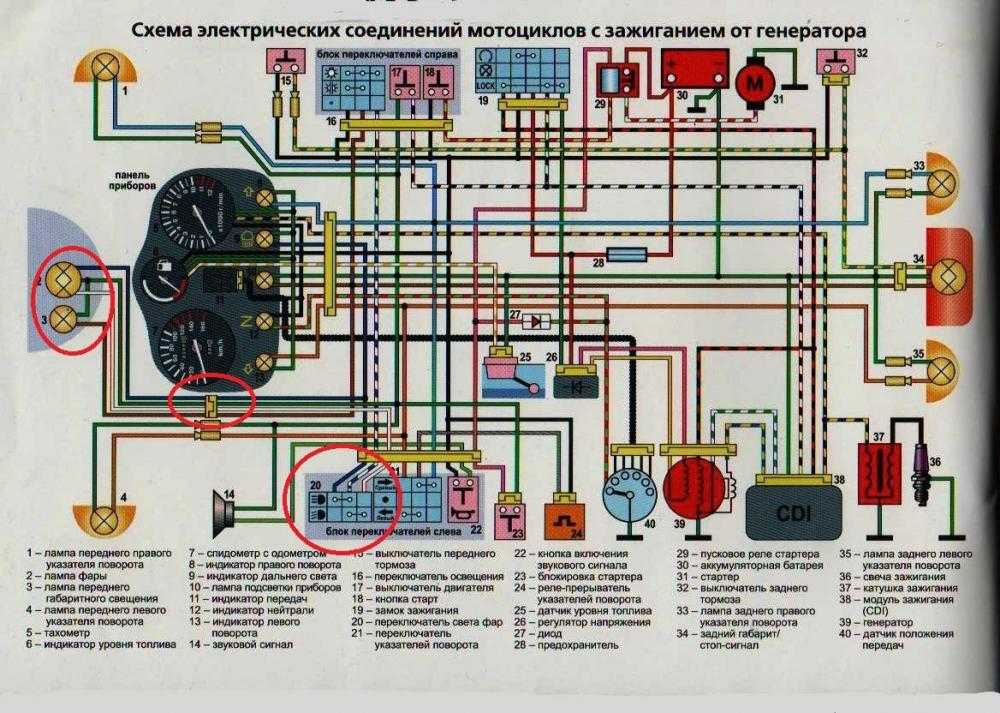 Your service manual will give you the best information on how to do this, but we will go over the basics below.
Your service manual will give you the best information on how to do this, but we will go over the basics below.
For the resistance test, you’ll measure the ohms. You don’t need to worry about which meter lead you use with which pin because polarity doesn’t matter for this test.
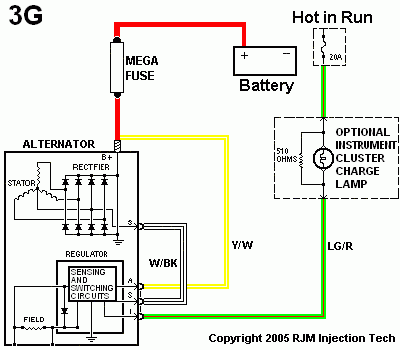
This test makes sure that the stator isn’t shorting out to the ground.
When testing the stator with the motor running, you’re going to need to make sure that the battery already has some charge in it. This can be easier said than done when your battery’s charging system isn’t working!
For this test, you’ll measure the volts of AC coming out of the stator while the ATV is running at an rpm determined by your service manual.
You’ll basically do the same thing listed above, but with the motor running at a set rpm. You’ll need a friend to help you with this!
If your ATV’s stator is bad and you aren’t a master at working with electrical components on vehicles, then you’ll have to replace the entire stator.
Stators aren’t usually expensive for most ATVs. They will usually cost under $100 for the part and can be significantly less.
The job itself isn’t usually too intense as the stator is typically mounted to the engine in such a way that it is somewhat easy to access. Of course, this will depend on the design of your ATV.
Whether you decide to do the job yourself or hire a professional, it shouldn’t set you back too much.
Unfortunately, replacing a stator is going to be unique, depending on the design of your ATV, so we can’t give you much guidance on how to replace it. The idea is simple, though: remove the old one and attach a new one. Put it all back the way you found it, and you’re done.
Stators can and do go bad, but it isn’t a common occurrence. The only way to know if it’s your stator is to test the stator itself. Luckily, testing is simple. Even those who aren’t mechanically inclined can test their stator by referring to their service manual and following the steps outlined above. So if you aren’t sure, do the test.
So if you aren’t sure, do the test.
Return to Category List
{{{itemDesc}}}
Item #:{{itemNum}}
Total: {{{itemTotalPrice}}}
Thank you for reviewing our product.
Your review will be posted to our website pending approval.
Thank you for helping us improve products by providing your review.
Overall Rating★ ★ ★ ★ ★
Please select a star rating.
Your InformationName / Nickname (displayed on website) is required X
Email is required X
Email Address format is not valid.
Location is required X
Your ReviewReview Title (Maximum 50 characters) is required X
Characters Remaining: 50
Write Your Review is required (Maximum 1000 characters) X
Characters Remaining: 1000
This site is protected by reCAPTCHA and the Google Privacy Policy and Terms of Service apply.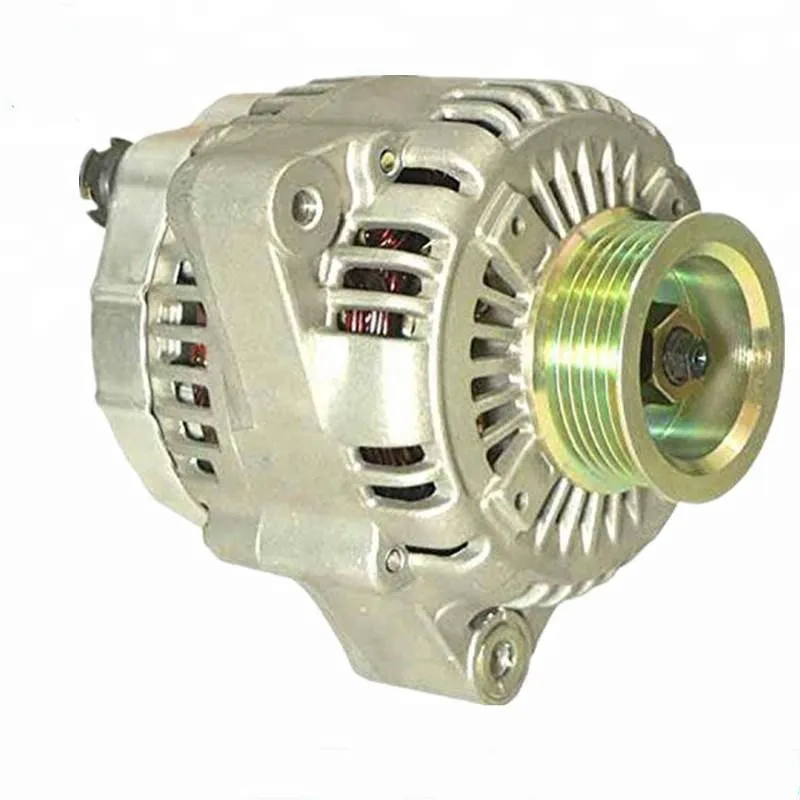
Price: $71.95
Quantity
Customer Review
Not Yet Reviewed
Product Q & A
There are no questions for this product.
Close
1 Product(s) Added to Cart
items ()
CheckoutYou have 111 product(s) in your shopping cart.
CloseShopping Lists
List name
Save Item to
Saved Shopping List
New Shopping List
New Shopping List Name
Saved Shopping List SelectionSelect List
❮Top
X
X
Please enter Order/PO Number and postal code.
The Order/PO number is not valid.
Please enter Order/PO number.
The postal code is not valid.
Please enter bill or ship postal code.
There were no orders found with
Order/PO Number and Postal Code
Multiple orders found for PO Number
Please enter an Order Number for order status.
Order or PO Number (required)
Bill or Ship Postal Code (required)
| Working volume | 49.4 cm³ |
| Engine | |
| Voltage regulation | inverter |
| Sockets | 1 plug with protection |
| engine's type | Four-stroke, OHV, 1-cylinder |
| Cylinder diameter × piston stroke, mm | 41.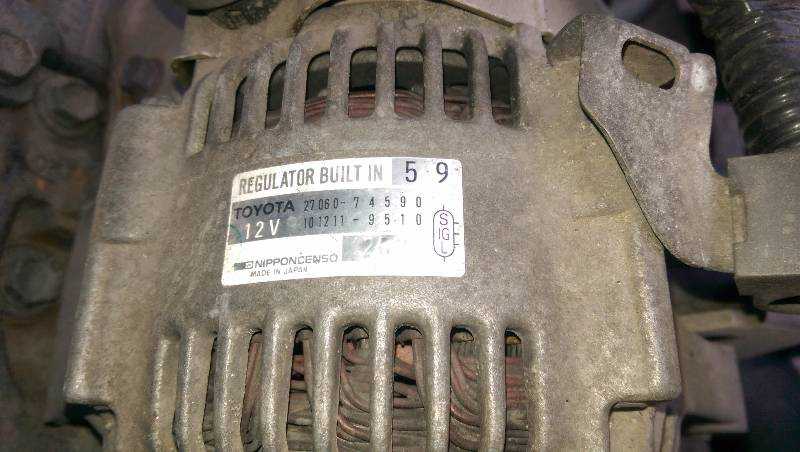 8x36 8x36 |
| Maximum engine speed | 4500 |
| Engine cooling type | forced air |
| Ignition | Transistor |
| Sound power level | 70 dB(A) |
| Sound pressure level | 87 dB(A) |
| Launch system | Manual starter |
| Generator | |
Max. output power output power | 1 kVA |
| Frequency | 50 Hz |
| Rated output power | 0.9 kVA |
| Operating time without refueling | 3.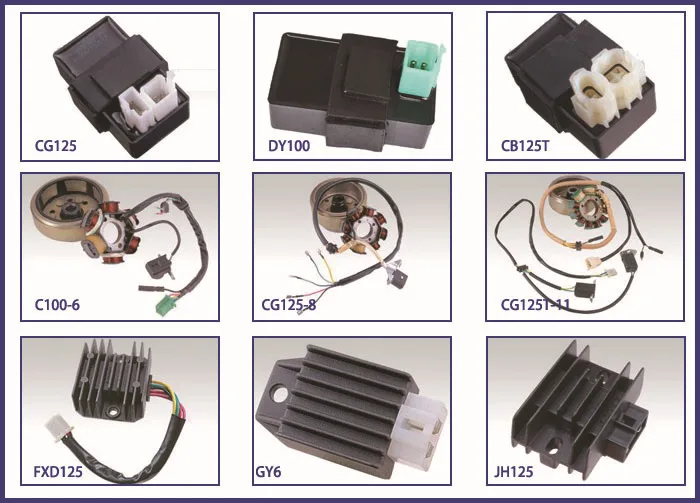 9 h 9 h |
| Rated voltage | 230 V |
| Overload current | 3.9 A |
| DC output | 12V/8A |
| dimensions | |
| Overall dimensions: L/W/H, mm | 451x242x379 |
| Weight | 13 kg |
| Capacity | |
| Fuel tank volume | 2.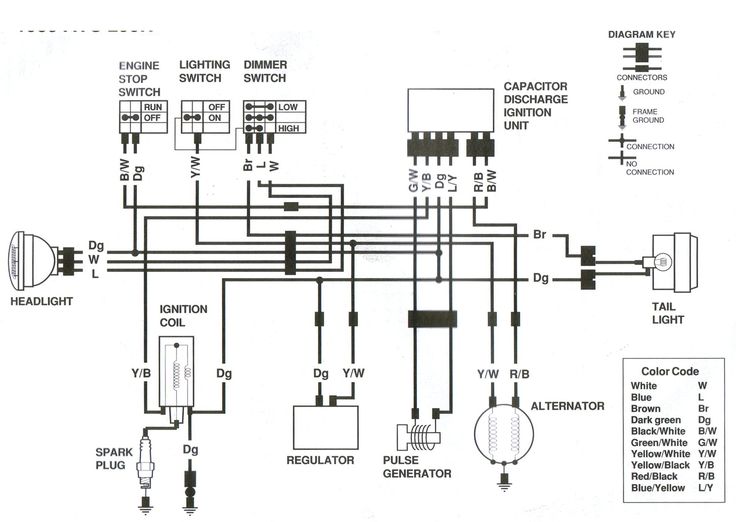 1 l 1 l |
| Oil tank capacity | 0.25 l |
| Manufacturer | |
| Brand | Honda |
 These are one of the most compact gas generators in the world, which also have the highest performance . The
These are one of the most compact gas generators in the world, which also have the highest performance . The EU series generators are equipped with GXH50 (EU10i) and GX120 (EU22i) 4-stroke engines. Honda GX series are professional general purpose gasoline engines designed specifically for long and trouble-free operation; it is a guarantee of reliability and durability. They are always ready to provide you with electricity where you need it.
The story began in 1964 when Honda introduced its first compact generator. Over the years, Honda has carried out extensive research, which in 1987 resulted in the world's first EX300 inverter generator, which is lightweight, compact in size, and also provides stable and homogeneous power for any electrical appliance.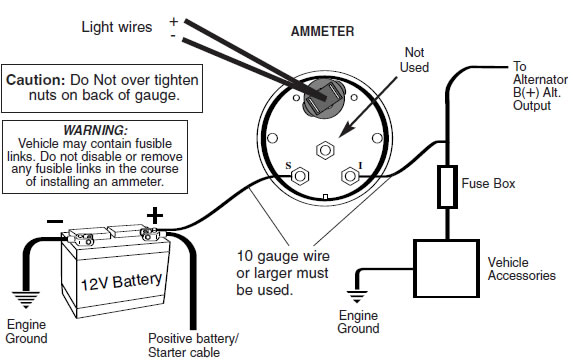
Honda has developed two exclusive revolutionary technologies: cycloconverter and inverter. And now it's not about changing, but about using electronics to completely revise the old fundamental principles of the operation of alternators to approach a sinusoidal current. For example, the current frequency no longer depends on the engine speed, but is determined by an electronic pulse generator.
The inverter technology makes it possible, in addition to obtaining the ideal current, to subordinate the operating mode of the motor to the demand for current. It is largely the source of the amazing features of the EU series. Any complex devices in which sensitive electronics are present can be connected to such a generator. Inverter generators offer a number of advantages over traditional generators, such as being quieter, more compact, lighter and more economical.
Honda inverter generators are equipped with the exclusive Eco-Throttle™ system, which automatically adjusts engine speed based on load. Intelligent adaptation of engine speed to electrical load saves fuel and provides longer autonomy, which can reach 8 hours with one fill of a 2.1 l tank (EU10i).
Intelligent adaptation of engine speed to electrical load saves fuel and provides longer autonomy, which can reach 8 hours with one fill of a 2.1 l tank (EU10i).
The generator will consume the amount of fuel depending on the power of the connected appliance. For example, if the power of the connected device is 0.5 kVA, then the generator will work at half its capacity and the fuel consumption will also be much less.
In ECO mode, when running without load, the system automatically switches the engine to idle. After connecting the current consumer, the motor automatically picks up the speed necessary to achieve the appropriate output power. This mode is recommended for maximum fuel economy when the generator is running.
Ultra-lightweight materials (such as magnesium alloys) are used in the EU series generators. Weight is one of the key advantages, which is why these generators are in great demand among photographers and travel organizers, allowing them to deliver energy to the most remote places. Only 13 kg.
Only 13 kg.
Ergonomically designed handle integrated with the generator body makes it easy to carry.
The low noise level of the EU series generators is achieved by the combination of full soundproofing of the enclosure, mufflers, inverter technology and the use of a 4-stroke Honda engine.
The EU10i and EU22i generators meet the world's most stringent "California" (CARB) emissions standard.
A special connecting cable, supplied as an accessory, allows two generators to be connected in parallel. This allows you to double the power to 2000W (EU10i) or 4400W (EU22i).
Honda provides a 2 year warranty, unlimited hours.
What size battery to put in the generator is determined by the length and width of the platform under the battery. The height is determined by the top mount. AGM batteries with a capacity of 4 to 30 ampere hours have unified dimensions.
The height is determined by the top mount. AGM batteries with a capacity of 4 to 30 ampere hours have unified dimensions.
In modern gasoline generators of low and medium power, with a self-starting system, AGM or GEL moto batteries (maintenance-free and sealed, without liquid electrolyte) with a voltage of 12 volts are installed. This is not a tribute to new technologies, batteries without liquid electrolyte really last longer, because there is no electrolyte separation! In powerful generator sets, there are batteries over 30Ah and with liquid electrolyte.
To start large diesel or gas generators, choose a battery with a maximum starting current. Otherwise it won't work.
When to change the battery in the generator? The first symptom is a decrease in the speed and time of the starter scrolling on the generator. The second sign is the service life, it is usually limited to 2-3 years with light use and proper storage. The third sign is heating or even violation of the geometry of the battery case when trying to charge it with a rated current of 10-20% of the battery capacity.
3 687 ₽
9 135 ₽
6 219 ₽
5 555 ₽
The first in the line is the YT19BL-BS AGM starter battery, which is guaranteed to last a long time and not be destroyed by frequent starts. The remaining three batteries are not starter batteries, they are made for use in a UPS, but at the same time they have powerful discharge characteristics that allow you to repeatedly start the generator.
Less commonly, but there are standard AGM batteries with a capacity of 17-18 Ah, used in the UPS. We also have these, and the BB Battery 22-12 model takes the lead in terms of recoil current.
Please note : AGM technology batteries are available for starter and industrial (for use in UPS or low-power electric motors). They can be distinguished by the type of terminal. Starter batteries are used to start the generator. Please, when choosing, do not confuse the purpose, the task of the starter battery is to give maximum current at start, and the task of the battery for the UPS is to give medium and low currents, but for as long as possible, they are destroyed by high currents. Structurally differ in the thickness of the plates.
They can be distinguished by the type of terminal. Starter batteries are used to start the generator. Please, when choosing, do not confuse the purpose, the task of the starter battery is to give maximum current at start, and the task of the battery for the UPS is to give medium and low currents, but for as long as possible, they are destroyed by high currents. Structurally differ in the thickness of the plates.
3 864 ₽
3 462 ₽
3 203.30 RUB
4 833 ₽
The question is what to choose? Red Energy batteries have an undeniable plus! The panel built into the case shows the state of the battery, its readiness to start the generator. But on the other hand, these batteries are recommended for use at temperatures above -5 degrees.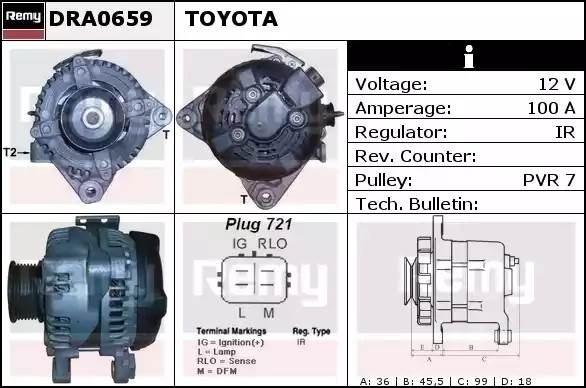 Therefore, if the generator is installed in a heated room, which is rare, you can safely buy Reg Energy, otherwise, we recommend the RDrive series.
Therefore, if the generator is installed in a heated room, which is rare, you can safely buy Reg Energy, otherwise, we recommend the RDrive series.
The main advantage of AGM and GEL technologies is the compact housing, no need to add water, and service life. The term "out of service" does not mean at all that they do not need to be charged and recharged! Any battery in the generator must be periodically charged by an external charger, otherwise, when you need to quickly start the generator, it simply will not be able to crank the starter. Especially often this situation occurs in winter, when it is more difficult to turn the engine over and because of the low temperature, the battery cannot give the required starter current.
10 063 ₽
9 258 ₽
RUB 10,704.50
RUB 7,596.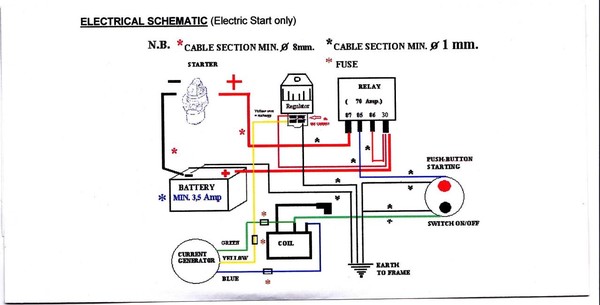 80
80
In the area of 30Ah batteries, pay special attention when choosing the rating "starter current"! In unheated rooms where the generator is installed, with a significant decrease in temperature to minus 10-20, the maximum scroll current of the battery decreases. For reliability, it is necessary to choose a battery with a maximum current!
8 533 ₽
8 533 ₽
When choosing these models, pay attention to the type of terminals for connecting wires from the generator to the battery. As well as the polarity of the battery.
The free installation of the battery not only makes it possible not to be tied in the landing area, but also saves on the purchase of the battery itself. Moreover, in the case of a rigid binding to the size, you are forced to buy a battery of a strictly specified size, there is more choice, and by installing a starter battery even from AUTO, you can, subject to the charge rules, not worry about the reliability of starting in any weather. The main thing is that the room where the generator with the battery is installed should not be inhabited and ventilated, and this is always observed in the case of powerful diesel generator sets.
The main thing is that the room where the generator with the battery is installed should not be inhabited and ventilated, and this is always observed in the case of powerful diesel generator sets.
On request
On request
On request
For an objective assessment of the quality of products sold by different manufacturers, we carry out selective testing of new batteries. Below we present the result of such testing among the size of batteries 12v 18Ah.
For measurements, a MICRO-30 motorcycle battery tester was used.
In the photo you see a miniature device in which there is clearly no powerful load resistance, as in load plugs.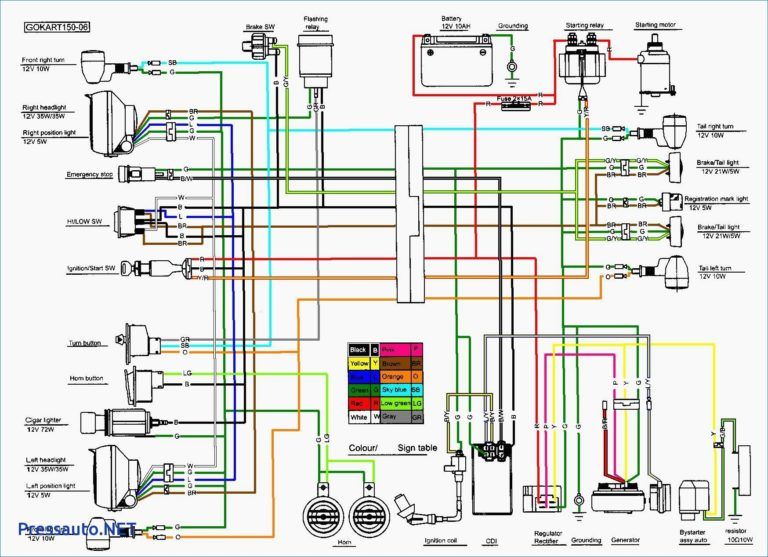 But which somehow allows you to estimate the current that the measured battery can give to the starter. The indirect measurement technique gives an error, according to our estimates, of about 30-35%. It's a lot! But the idea of \u200b\u200bwhich battery is better and which is not very good. It is also possible to identify a clear factory defect, which we do before selling. Fortunately, the technology of starter batteries for motorcycle engines has long been worked out and there is really little marriage.
But which somehow allows you to estimate the current that the measured battery can give to the starter. The indirect measurement technique gives an error, according to our estimates, of about 30-35%. It's a lot! But the idea of \u200b\u200bwhich battery is better and which is not very good. It is also possible to identify a clear factory defect, which we do before selling. Fortunately, the technology of starter batteries for motorcycle engines has long been worked out and there is really little marriage.
Why load plugs are not used to test specifically motorcycle batteries proceeds from the fact that all load plugs are produced to test car batteries with a capacity of 35-45 Ah, for a current of more than 350 Amperes, and low-capacity batteries are installed in generators, for which such load currents are unacceptable and are equated to a short-circuit current. A "short circuit" can damage the terminals on the side of the battery itself and the plates.
The main measured value is the battery resistance. The smaller the better - the greater the CCA current.
The tester error is large, 30-35%. But you can compare batteries with each other!
CCA - Translated from English Cold Cranking Amps (CCA) means cold cranking current (cold cranking current). Cold, it is called because before testing the battery is fully charged and placed in a chamber with a temperature of minus 18 degrees, simulating the winter operating time. And then there are several standards. There are European, separately German, American, Japanese and International measurement standards. The difference is in the final voltage and discharge time.
Of course, a current of 410 Amperes is the result of a large error (claimed for this 310A battery), but in general, the indicators really reflect the quality and purpose of the batteries. The first is low-current for OPS (burglar alarms), the second is Delta CT1220. 1 is a budget, starter battery, the third is Leoch 12-18 a good battery for a UPS, but it successfully starts 4-5 KVA gasoline generators, the last is a RDrive 20Ah gel battery with index "H" -reinforced starter battery for a confident start in any frost.
How much is really needed for a CONFIDENT start of the generator in winter? If you look at the nameplate of the generator starter - 0.8 kW at 10 volts gives a current of 80 amperes. This means that under the condition of a temperature of 15-25 degrees and a new, fully charged battery, a starting current of 80 amperes is sufficient. But in practice, you need to have a margin. The graph shows how the battery loses its capacity and power at low temperatures, and the power also decreases when not fully charged. 170 Amps is the minimum for normal operation.
Battery self-discharge is 3-5% per month. This means that the battery that stood idle for 6 months (6 * 5 = 30) was discharged by 30%. Even if you run the generator 2-3 times for a couple of hours, the charge current (1-2 Amperes) at the time the generator is running is not enough to compensate for self-discharge. We consider 2 * 3 \u003d 6 Ah, and in the battery 14-18 Ah. As a result, the battery is constantly in a "hungry" state, and this reduces its service life by half! You need to charge the battery once every 3-4 months.
Unattended AGM/GEL alternator batteries cannot be charged with vehicle chargers. The charger must not only quickly charge the battery, but also follow the charge algorithm so as not to overcharge and prevent the battery from "boiling". AUTO chargers are designed to charge batteries with liquid electrolyte, they have a place for excess gas to escape, and in AGM GEL technologies, gas must recombine (remain) inside the battery, the reset valves only work in case of overcharging, overcharging. Therefore, the charger used must be designed to charge the AGM battery, this should be written in the charger passport. In addition, in order to store the battery in constant readiness, the memory must have a "storage mode" i.e. recharge with low current. Start the selection of the right charger with the charge current. The rated charge current for sealed batteries is 10% of the battery capacity! For example, for a 20 Ah battery, the current is 2 amperes. It is permissible up to 4A, but no more, otherwise the service life will be less than desired.
| Yuasa | Pendant (BALSAT) | RDrive | ROBITON | Pendant (BALSAT) | NPP "Orion SPB" |
| On request | Available | Available | Available | Available | Available |
| 8 500 ₽ | 2 850 ₽ | 2 100 ₽ | 1 580 ₽ | 3 220 ₽ | 3 750 ₽ |
| Yuasa bc-12065z is now in your shopping cart | Pendant 305 is now in your shopping cart | RDrive StartEasy C1. | Robiton LAC612-1500 is now in your shopping cart | Pendant 405 is now in your shopping cart | charger VIMPEL 32 is now in your shopping cart |
Recommendations for selection from the list above.